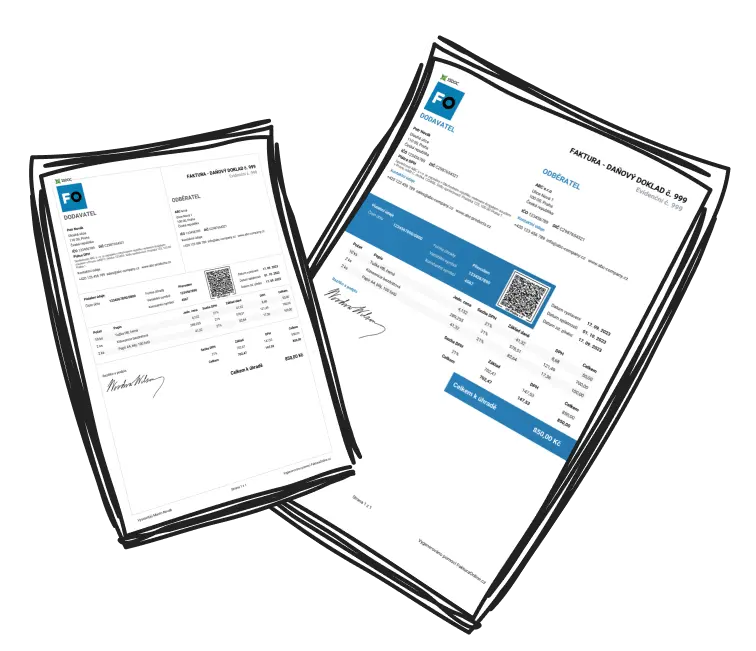What Are the Different Types of HR Strategies?
Many organizations fail to meet their objectives because they neglect to adopt the appropriate types of HR strategies. To thrive, it's essential to comprehend the various types of HR strategies and how they meet specific organizational requirements.
General HR Strategies:
-
High-Performance HR Strategies
Aim: Boost productivity through employee engagement, leadership development, and skill enhancement.
Best For: Organizations focused on innovation and competitive growth.
-
High-Commitment HR Strategies
Aim: Foster trust and long-term investment in employee welfare with autonomy and empowerment.
Best For: Companies aiming to build a collaborative and sustainable workforce culture.
Specific HR Strategies:
-
Resourcing Strategies
Focus: Talent acquisition, retention, and succession planning.
Best For: Fast-growing businesses wanting to address skills gaps quickly.
-
Learning and Development Strategies
Focus: Training, career progression, and leadership pipelines.
Best For: Organizations prioritizing upskilling their workforce for the future.
-
Reward Strategies
Focus: Compensation, promotions, recognition, and benefits.
Best For: Enhancing retention and motivation in the workforce.
-
Employee Relations Strategies
Focus: Collaboration and resolving workplace grievances.
Best For: Creating a harmonious and inclusive company culture.
Customizing these types of HR strategies to align with your organization’s goals forms the foundation of an effective HR framework.
How Do Different Types of HR Strategies Impact Organizational Success?
Discover how HR strategies can be the hidden driver of your organization’s competitive advantage. By aligning employees’ efforts and attitudes with business objectives, HR strategies yield measurable results.
Benefits of HR Strategies:
Enhanced Productivity: High-performance strategies improve involvement and fuel innovation, boosting both individual and team productivity.
Employee Satisfaction: Reward strategies solidify commitment, reducing turnover and disengagement-related costs.
Operational Readiness: Resourcing and learning strategies prepare organizations to overcome key challenges like skill gaps and leadership pipelines.

Tip
HR strategies also ensure adaptability, helping organizations manage market shifts and strengthen their competitive edge.

Examples
A high-performance strategy fosters innovation in tech startups.
Reward strategies drive retention in highly competitive industries like finance.
Avoid misalignment between HR and corporate goals to maximize these benefits.
Can Different Types of HR Strategies Be Tailored to Specific Organizations?
Is your organization missing out on success because your HR strategy isn’t tailored? The one-size-fits-all approach doesn’t work for HR strategies; customization is crucial to meeting specific needs.

Examples of Tailored HR Strategies
Tech Startup: Focus on resourcing strategies to ensure quick talent acquisition and cultural alignment.
Finance Corporation: Prioritize learning strategies to comply with regulations and maintain a skilled workforce.
Why Are HR Strategies Important for Achieving Organizational Goals?
Types of HR strategies are not mere support—they're the backbone of achieving organizational goals. These strategies serve as the essential link between people and organizational objectives.
Key Reasons:
Guidance and Alignment: HR strategies ensure employees’ efforts align with business goals, be it revenue growth or innovation.
Workforce Sustainability: They address the entire employee lifecycle for greater predictability and support continuous progress.
Integrated Frameworks: The alignment of HR and business strategies ensures smoother implementation of company goals.
Without these frameworks, achieving business goals can become a fragmented and challenging process.
How Can Organizations Implement HR Strategies Effectively?
Too many HR strategies fail due to poor execution—here’s how not to let that happen. Success hinges on strong planning, proper alignment, and feedback-driven optimization.
Steps for Effective Implementation:
Assess Objectives: Start with a workforce and organizational needs analysis to identify gaps and opportunities.
Drive Communication: Ensure employees understand the relevance of the strategies and how it impacts their roles.
Leverage Technology: Use HR information systems to simplify processes like performance tracking and training management.
Monitor Outcomes: Establish KPIs for every HR initiative and regularly assess results to tweak strategies as needed.

Tip
Conduct periodic reviews and gather employee feedback to ensure continuous improvement and alignment with evolving business needs.
By adopting these steps, organizations can translate well-crafted HR strategies into operational success.


